
 9
9




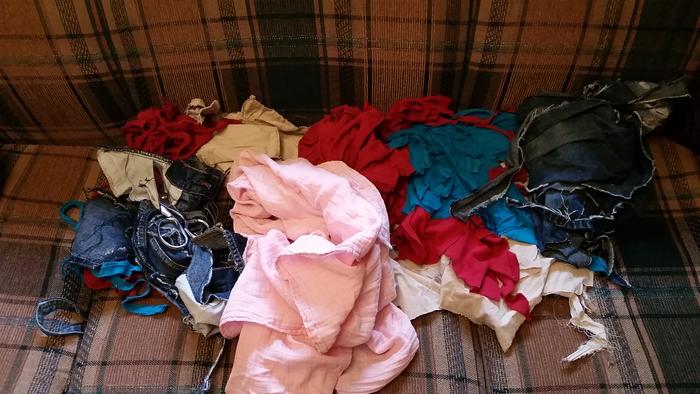
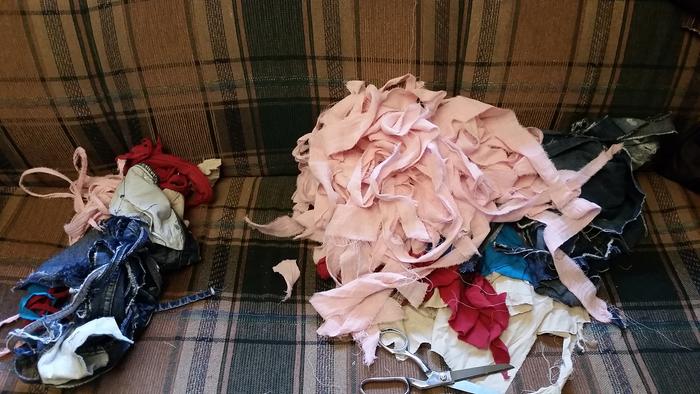


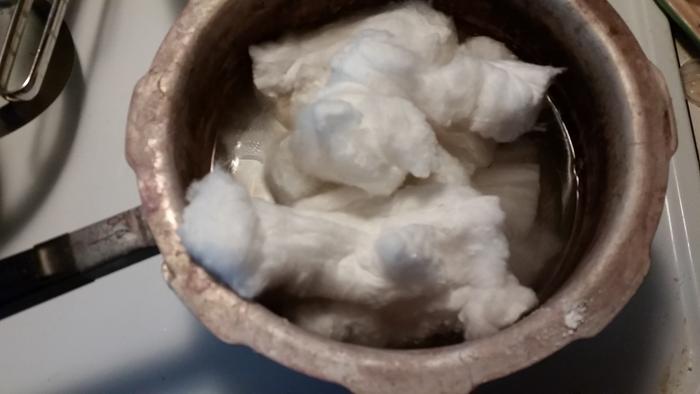
 8
8




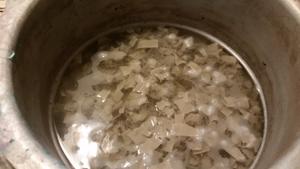
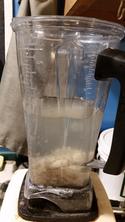

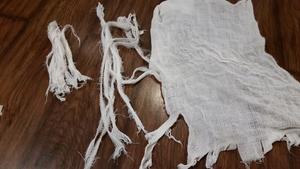
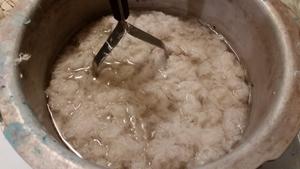
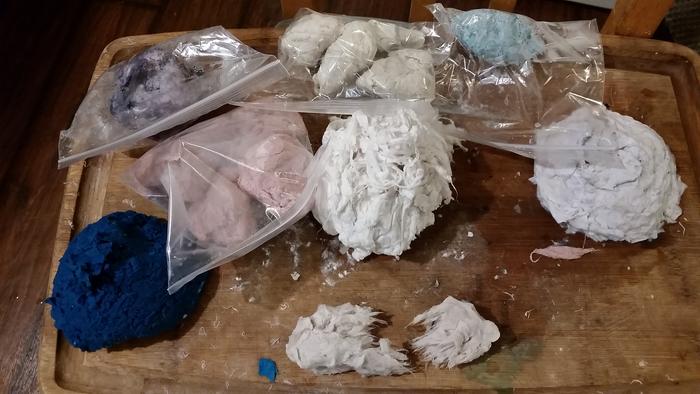

 2
2




 6
6




 2
2




I was wondering if the pill bottle fluff has longer fibres than regular machine spun fabric. Cotton comes in different varieties, and one wouldn't want a lot of short bits getting into the pills.Cheryl Gallagher wrote:Maybe the fluff from the pill bottles isn't cotton. It might be polyester, which might not work for paper.
Visit Redhawk's soil series: https://permies.com/wiki/redhawk-soil
How permies.com works: https://permies.com/wiki/34193/permies-works-links-threads
 5
5




I'm guessing the shredder wouldn't like it. I would test carefully.Christopher Weeks wrote:This makes me wonder if you can run fabric through a cross-cut paper shredder as a pre-blender step.
 6
6




Jay Angler wrote:This same article states that by the 13th Century, Spain was using water power in paper production. I'm guessing Nicole is figuring out why mechanization of some sort is of great value!
That gets me wondering how they managed the "chopping" part? Did they dry the material so that it shattered more easily into small lengths?
It also makes me wonder if it isn't time we went back to looking at various farming "waste" for paper production, rather than trees. I've read that flax seed producers need a use for the flax plants which apparently don't decompose easily, but are too branched to make quality linen out of. (Growing for seed vs growing for fibre uses the same plant, but differs in management, but R Ranson is the one to explain the subtleties of that.)
Wired Article wrote:While water bottles can be recycled back into bottles several more times, once PET is made into polyester, that’s the last time it can be recycled.
Wired wrote: Used textiles, on the other hand, have all sorts of contaminants and come in vastly varying quality and colors. In Europe, used polycotton and other textile blends are collected at three times the rate of 100-percent polyester, and that doesn’t even account for the dyes and finishes present in pretty much everything.
...
Unifi has solved this contamination problem by only accepting pre-consumer, 100-percent-polyester waste straight from factories and mixing carbon black into the polyester while it’s gooey. The result is a pure black recycled polyester. Unlike polyester made from bottles, you could call it “circular” with a straight face.
Eddie Ingle, Unifi’s CEO, is tentatively interested in sourcing post-consumer polyester waste but admits, “You run the risk of getting people just dumping stuff on you.” He tells the story of receiving a pallet of bags the company was told were 100-percent polyester. His employees had to hand-cut out the non-polyester plastic bottom
 5
5




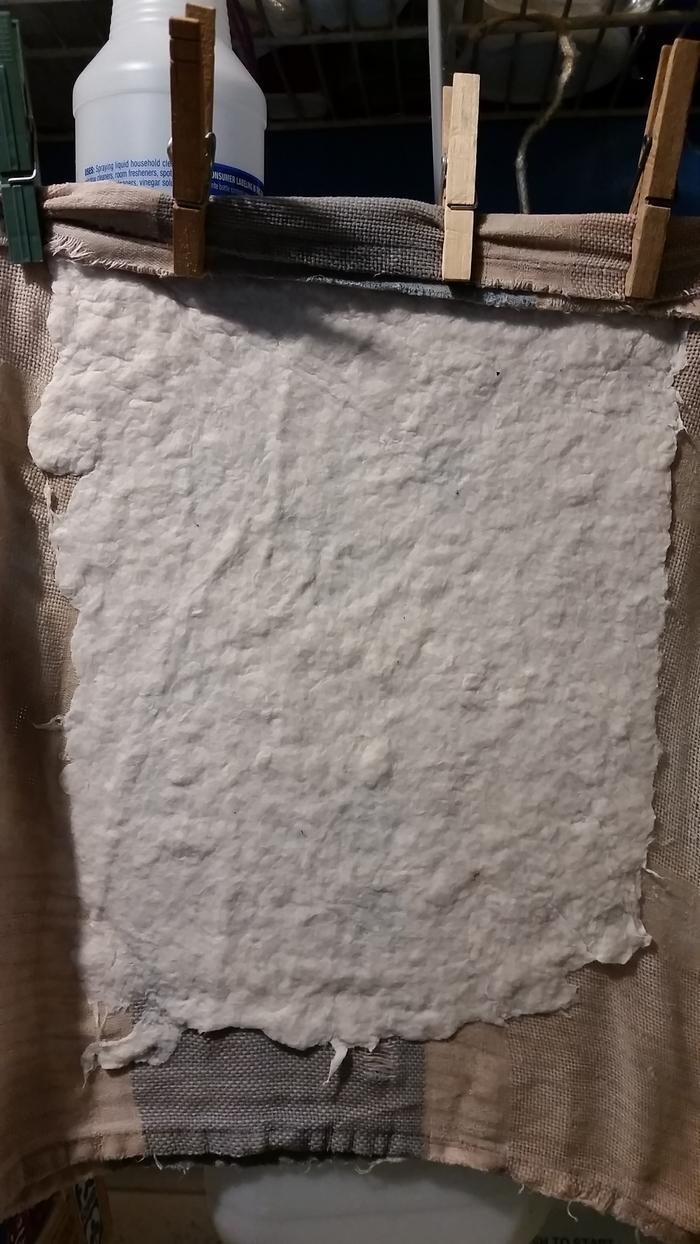
 6
6


















 1
1




 5
5




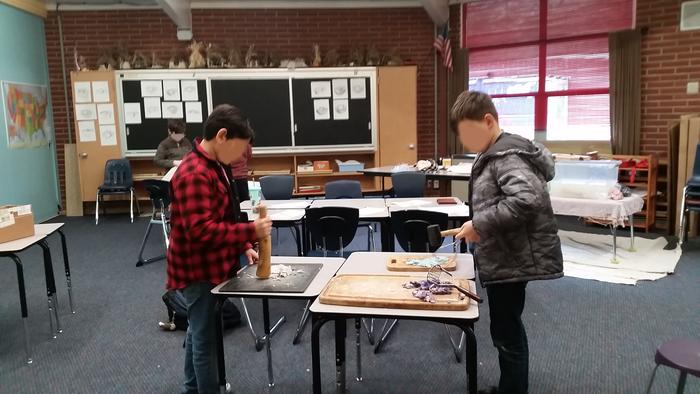


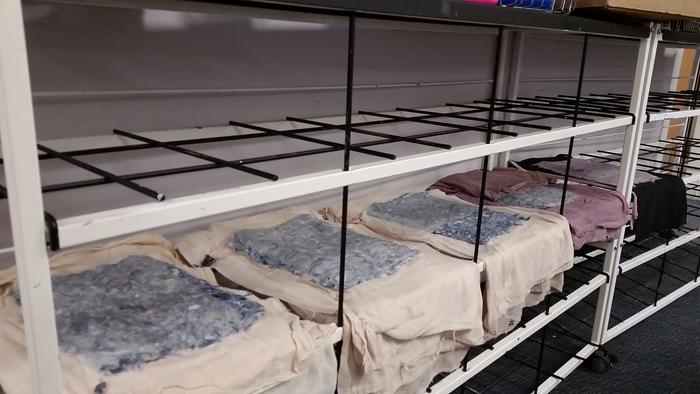
 3
3





|
Something about .... going for a swim. With this tiny ad ...
The new kickstarter is now live!
https://www.kickstarter.com/projects/paulwheaton/garden-cards
|









